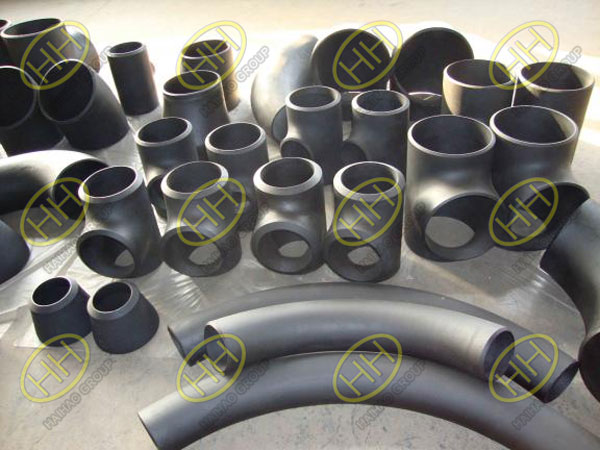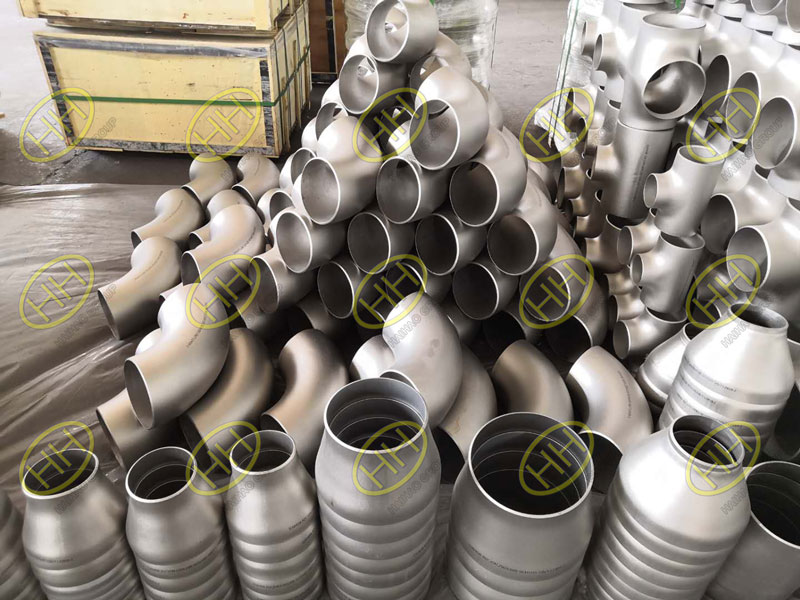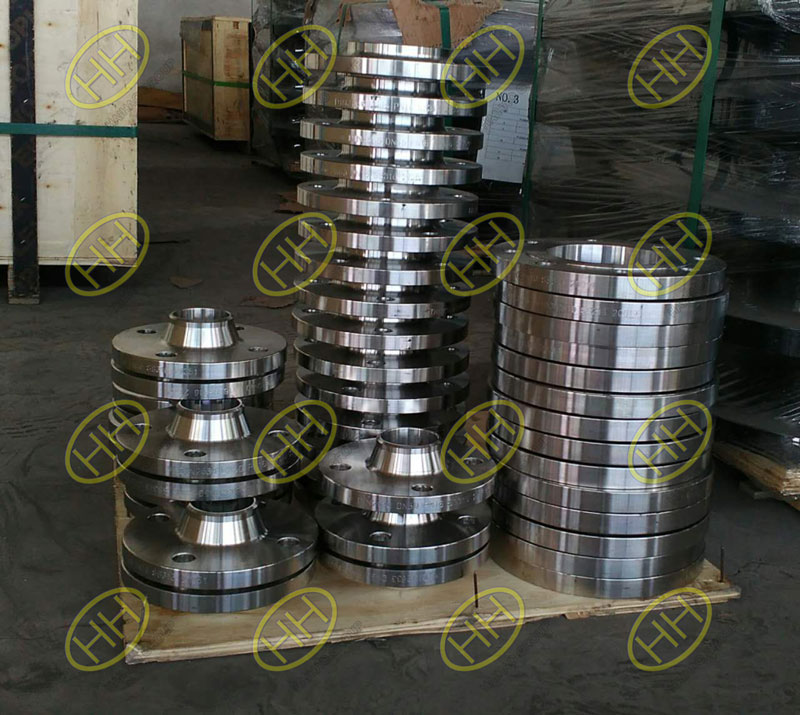Differences between carbon steel and stainless steel
Selecting the right type of steel for your project is one of the most important decisions. Before deciding individual material grades, it is also first necessary to decide which type of steel to use, such as carbon steel or stainless steel. This article will discuss the difference between carbon steel and stainless steel.
Corrosion resistance
The most obvious difference between carbon steel and stainless steel is the ability to resist corrosion. Stainless steel, as the name implies, will have better corrosion resistance. Both carbon steel and stainless steel contain iron that oxidizes when exposed to the environment, causing rust. However, chromium added in stainless steel makes it more resistant to corrosion than carbon steel. Chromium is more easily attached to oxygen than iron. When chromium adheres to oxygen, a chromium oxide layer is formed, protecting the rest of the material from degradation and corrosion. Carbon steel generally does not have enough chromium to form the chromium oxide layer, which can cause oxygen and iron to combine to form iron oxide or rust. Therefore, if corrosion resistance is a key factor, stainless steel must be selected.
Mechanical behavior
Due to various different types and grades, it is difficult to clearly explain the difference in mechanical properties between carbon steel and stainless steel. Stainless steel is more ductile than carbon steel because they usually have a higher nickel content. However, there are also very brittle stainless steels, such as martensitic grades. Carbon steels with very low carbon contents may not be able to match the tensile strength of some stainless steels because many stainless steel grades contain alloying elements that increase their strength. However, if there is enough carbon in the carbon steel (usually at least 0.30% by weight), heat treatment is easier than austenitic stainless steel.
Surface
If this job requires aesthetic appeal, it must consider the appearance of the metal. When appearance is a necessary factor, it is usually also preferable to have special surface treatment of stainless steel. Although both can be sanded and polished to give a bright and shiny appearance, carbon steel needs to be coated or painted after the polishing process. If not, carbon steel will begin to change color and eventually rust. In addition, if the stainless steel is scratched, it will retain its gloss in the scratch area, and if it is carbon steel, it will need to be repainted or it will be corroded.
Cost
Another important consideration is the cost difference between carbon steel and stainless steel. Although different grades have different costs, stainless steel is usually more expensive than carbon steel. This is mainly due to the addition of various alloying elements in stainless steel, including chromium, nickel, and manganese. These additional elements increase the cost of carbon steel. On the other hand, carbon steel is mainly composed of relatively affordable iron and carbon elements. If the budget is tight on the project, carbon steel may be the best choice.
What should we choose in general?
The selection of a specific job between carbon steel and stainless steel will involve the trade-offs and careful consideration of all these factors. If the metal is hidden, then no extra money is required on the appearance of stainless steel. However, stainless steel is actually the best choice if it will be hidden but is affected by the corrosive environment. In the end, the choice will depend on the details of the job or project.



